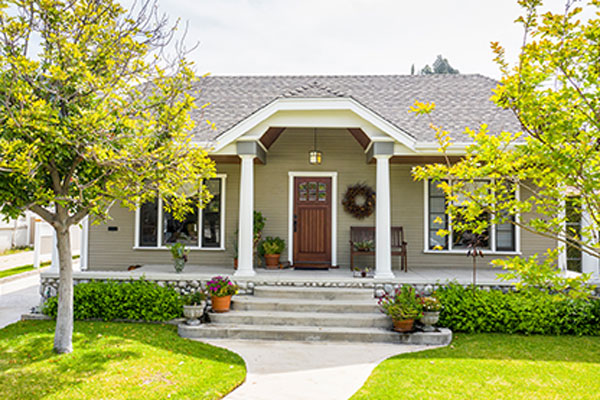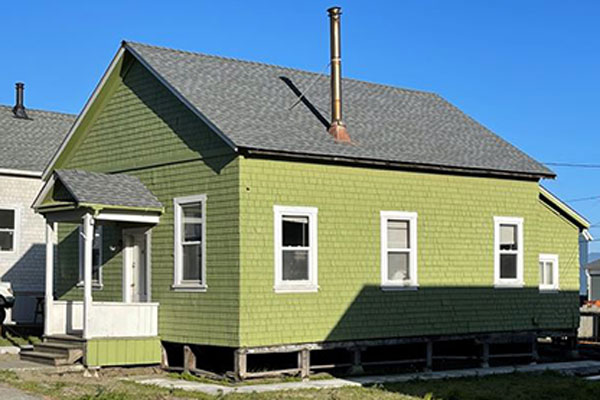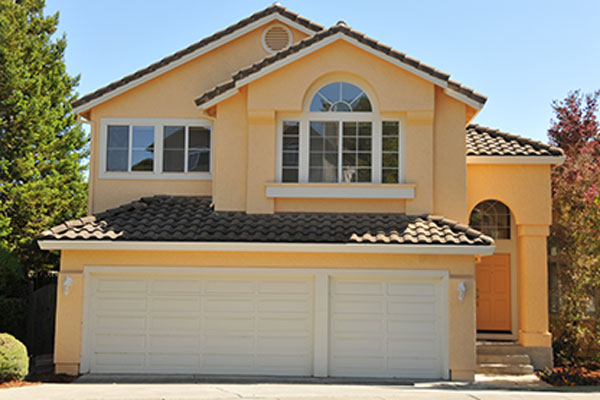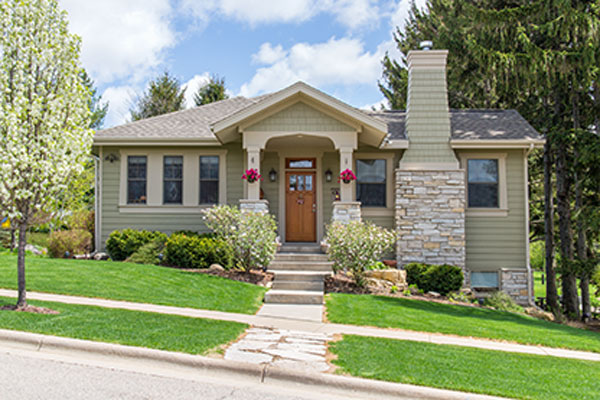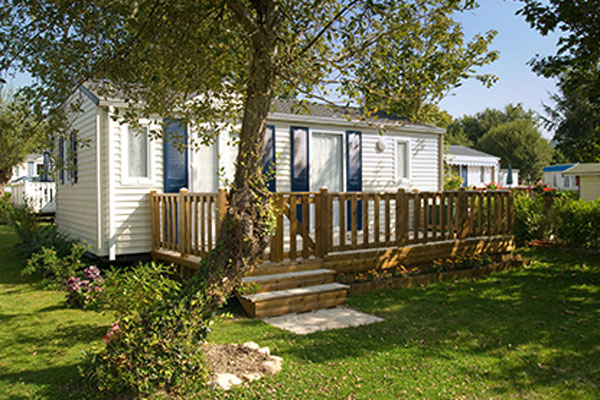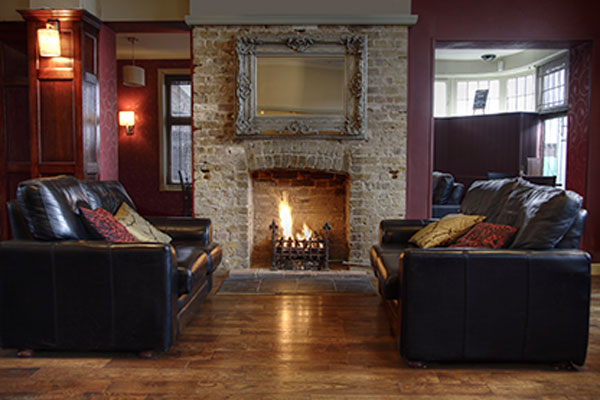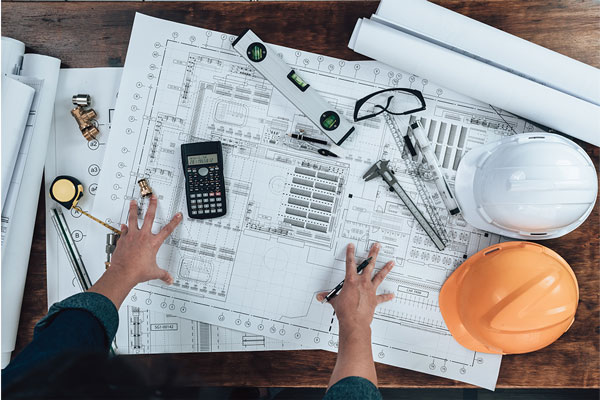Seismic Retrofitting's Vital Role in Earthquake Preparedness
While earthquakes cannot be predicted, they can be prepared for. And proper earthquake preparedness begins with getting a seismic retrofit. Retrofits are especially important for homeowners in California, which is the second most seismically active state in the country. Earthquakes can cause devastation to people and property, and seismic retrofits can reduce that damage by making your home more resistant to earthquakes.
A retrofit is a process to help reinforce your home’s structural elements to help it better withstand the strong shaking and other seismic forces unleashed by major earthquakes. Seismic retrofits can be so effective that some California counties are even considering making them mandatory for some buildings to help protect residents from the enormous threat posed by large earthquakes.
But what kind of retrofit does your home need? There are several different seismic retrofitting techniques used in California. We’ll discuss how much they usually cost, how you might be able to get a discount on your retrofit, and how to find a qualified retrofitting contractor.
What are the Different Types of Seismic Retrofits? Common Seismic Retrofitting Methods
Seismic retrofitting is the best way to help improve your home’s earthquake resistance. Retrofits are especially important for older homes, including any raised foundation type home built in California before 1980, chimneys and masonry surround homes built before 1994, and hillside homes constructed before the current (2024) code.
Each type of earthquake retrofit is appropriate for a particular type of house. Let’s review the different types of retrofits that can be used to help protect your family, your home, and your possessions from the threat of earthquake damage.
Stem-Wall or Raised Foundation House Retrofit
“Stem wall” or raised foundation houses have a wood-framed first floor that rests on top of a raised foundation. Raised foundation homes built in California before 1980 may not be securely anchored to their foundations, making them more likely to slide off during an earthquake. This can damage or even completely destroy the house.
Stem wall house earthquake retrofits use foundation anchor bolts or foundation plates to secure the home to its foundation.
Average Cost of Stem-Wall or Raised Foundation House Retrofit: $3,000 - $7,000
The Earthquake Brace + Bolt program (EBB) provides qualified homeowners up to $3,000 in grants for raised foundation retrofits (covering stem-wall and crawl space wall house retrofits). Most raised foundation retrofits performed by the EBB program cost less than $7,000.
Crawl Space Wall House Retrofits
Homes with a crawl space can also face an increased risk of seismic damage. These houses have short (less than full-story height) wood-framed walls placed between their foundations and the wood-framed first floor of the home. Because of the way they’re constructed, these homes face an increased risk of sliding off their foundations during a major earthquake.
To improve their earthquake resilience, crawl space wall house earthquake retrofits anchor the homes to their foundation using anchor-bolts or foundation plates. Some crawl space wall homes built before 1980 may also need plywood bracing installed to the inside of the walls that surround the home’s crawlspace, which can help prevent the crawl space walls from collapsing in an earthquake.
Average Cost of a Crawl Space Wall House Retrofit: $3,000 - $7,000
Post & Pier Retrofits
Post and pier homes are also built using raised foundations, with the house sitting on upright wood posts (or piers), that rest on concrete blocks (or pier pads). These concrete blocks or pier pads are typically placed all around the perimeter and interior of the crawl space below the home. However, because the home lacks a continuous-perimeter foundation, it is especially vulnerable to moving or shifting, which can cause the home to collapse or slide off its foundation during a major earthquake.
Post and pier house earthquake retrofits create a new, continuous-perimeter foundation, and bolt and/or brace any crawl space walls that may exist below the home. These structural upgrades significantly improve the strength of the home’s foundation, as well as its resistance to shifting, making the home less likely to be damaged by earthquakes.
Average Cost of a Post and Pier House Retrofit: $10,000 to $15,000
Living Space Over Garage Retrofits (AKA “Soft Story Retrofits”)
Soft-story homes are built with a living space that sits above an attached garage. These homes face an increased risk of earthquake damage because the garages aren’t strong enough to resist the shaking caused by big earthquakes.
Soft story earthquake retrofits typically include bracing the garage’s walls and reinforcing the garage door to make it stronger. Some garage doors may need to be reinforced with plywood sheathing or even steel panels to make them stronger, while others may require a full steel frame to be installed around it. The garage’s back wall may also require a new foundation with reinforcing bars, and the garage side walls may need to be strengthened with new anchor bolts, hold downs, and plywood.
Average Cost of a Soft Story Retrofit: $15,000 - $25,000
The Earthquake Soft Story (ESS) program provides qualified homeowners up to $13,000 in grants for soft-story retrofits. Find out if you are eligible for a soft story retrofit grant. The ESS grant program is open for a limited time each year, so sign up for the email list to get notified when applications are open.
Hillside House Retrofits
Hillside houses are built on hillsides or steep slopes of hills and face an increased risk of being damaged by strong earthquakes. These houses are typically set on tall, narrow posts or columns that may or may not contain diagonal bracing. These houses may also have walls that “step down” the hill to follow the slope of the land. The foundation of a hillside home must be strong enough to withstand the full weight of the house bearing downhill and support the house’s structure. When the foundation isn’t strong enough to do this, the home is at risk of swaying, collapsing, or sliding off its foundation and slipping down the hill.
Hillside house earthquake retrofits require complex calculations and engineering and should be developed by a licensed structural engineer or civil engineer. These retrofits may require updating the foundation, bracing and anchoring framed crawlspace walls to the foundation, as well as installing brace wall sheathing.
Average Cost of a Hillside House Retrofit: $10,000 or more
Mobilehomes & Manufactured Homes Retrofits
While it may seem that mobilehomes and manufactured homes don’t face as much risk from earthquakes damage, the reality is that they are especially vulnerable. In fact, following the 1994 Northridge Earthquake, so many mobilehomes were damaged that California passed new laws to require new or relocated mobilehomes and manufactured homes to have earthquake bracing. Even with these new laws in place, the 2014 South Napa earthquake and 2019 Ridgecrest earthquake both caused extensive damage to unbraced and inadequately braced mobilehomes. In the wake of these powerful earthquakes, many mobilehomes even slid completely off their support systems, leading to extensive damage and costly repair bills.
Mobilehome and manufactured home earthquake retrofits usually involve installing an Earthquake Resistant Bracing System (or “ERBS”) to help make them more resilient against earthquakes.
Average Cost of a Mobilehome or Manufactured Home Retrofit: Less than $5,000
Chimney & Fireplace Retrofits
Chimneys and fireplaces also face an elevated risk of being damaged by earthquakes, especially on homes built before January 1, 1995.
Chimney and fireplace earthquake retrofits can help prevent them from collapsing due to seismic damage. These retrofits commonly include removing a portion of the chimney and removing and replacing some of the masonry and veneers around a fireplace.
Average Cost a Chimney/Fireplace Retrofit: Up to a few thousand dollars, depending on the work required.
How Much Does a Seismic Retrofit Cost?
Typically, the cost of a seismic retrofit on a raised foundation house (one of the most common types of retrofits in California) completed by a licensed contractor is around $3,000 to $7,000. Costs can vary based on the type of retrofit needed, and on the complexity of the work required. You may also be able to reduce your retrofit costs by participating in grant programs created to help California homeowners. You may also be able to find other financial assistance options to help you pay for a retrofit.
How to Reduce the Costs of Your Seismic Retrofit
There are at least two excellent programs offering financial assistance to Californians who want to get a seismic retrofit. We recommend you explore the Earthquake Brace + Bolt Program (EBB), and the Earthquake Soft-Story Retrofit Grant Program (ESS).
The Earthquake Brace + Bolt program (EBB) provides financial assistance for seismic retrofits to qualifying homeowners. This program is most commonly available to people with older homes, built on raised foundations before 1980. Financial assistance is offered in the form of a grant, with up to $3,000 available for those who qualify for the basic Brace + Bolt grant. EBB also offers an additional Supplemental Brace + Bolt grant for low-income homeowners that can be used to cover up to 100% of the costs of an eligible retrofit.
Visit our page on Brace + Bolt retrofits to find out more about this program. Or visit the official EBB eligibility requirements page to see if you qualify.
The Earthquake Soft-Story Retrofit Grant program (ESS) provides financial assistance for seismic retrofits. This program was designed for people who own homes with a living space over the garage, which is commonly called a “soft story.” ESS retrofits are used to strengthen the garage walls and structure, which can help prevent the living space over the garage from collapsing into it due to earthquake damage.
Visit our page on Soft Story retrofits to find out more about this program. Or visit our page on ESS eligibility requirements to find out if you qualify for a grant.
Where Can I Find a Licensed Retrofit Contractor?
We recommend hiring a licensed retrofit contractor to complete your retrofit. Choosing the right contractor can help ensure that your seismic retrofit will help protect your home against earthquakes. Read more about finding a licensed earthquake retrofit contractor here.
What Else Can I Do to Protect My Home from Earthquakes?
You should create an earthquake preparedness plan to help protect your home, yourself, and your loved ones from seismic activity. Start by making sure you and your loved ones know how to Drop Cover and Hold On - an essential earthquake safety drill.
Your plan should include creating an earthquake emergency kit, reading about the 7 most essential earthquake safety tips, and finding out if you live near an active fault by viewing our California earthquake probability map.
Remember that earthquake preparedness can save lives, and that the best time to prepare for an earthquake is before the ground starts to shake!
Visit our Seismic Strong Blog for tips, advice and more information about earthquakes.

